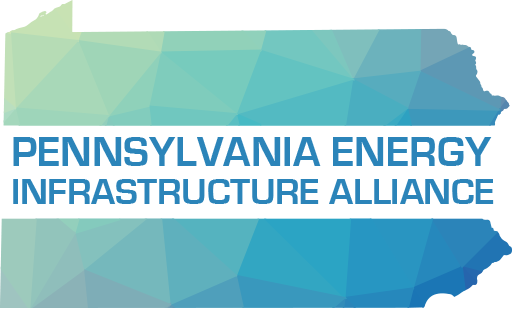The Pennsylvania Energy Infrastructure Alliance began over two and a half years ago. Our mission is to advocate for increased pipeline infrastructure across Pennsylvania because of the many benefits that development and safe transport of these energy products can provide our communities.
A recent story in the Pittsburgh Business Times highlights this issue, specifically the negative repercussions that minimal “takeaway capacity” can have on energy deveolpment.
Over the past decade, shale gas production has grown by leaps and bounds in both the northeastern and southwestern corners of Pennsylvania. But state well and permit data analyzed by the Business Times shows double-digit in some cases even triple digit increases in production in southwestern Pennsylvania counties between 2014 and 2017. That’s not the case on the other end of the state: The northeast and central part of the state have fallen from accounting for 71 percent of the state’s production in 2014 to 59 percent in 2017. Conversely, southwestern Pennsylvania’s share rose from 28 percent in 2014 to 39 percent last year.
Range Resources Corp., one of the largest drillers in Pennsylvania, has extensive operations and holdings in both southwestern and northeastern Pennsylvania. But its four horizontal drilling rigs are all in operation in the southwestern corner, as that’s where it’s easiest to get the gas to other markets.
“We have better transportation operations out of southwestern Pennsylvania,” said Dennis Degner, senior vice president of operations at Range Resources. “We have the optionality, whether it’s processing or pipelines … that adds a lot of takeaway.”
That’s just not the case for northeastern Pennsylvania, where Degner said it’s challenging to drill for more gas without the takeaway capacity. Southwestern Pennsylvania, more than any other part of the state, has seen a marked increase in the number of pipelines taking natural gas and liquids from the shale fields to outside markets. And the amount of pipelines that will go online in the next few years, including the Hammerhead that will connect to EQT’s Mountain Valley Pipeline, and Energy Transfer Partners’ Rover, is continuing to grow.
The energy debate has centered around whether or not we should be importing foreign energy products and now that we are experiencing robust energy development across the country, the debate is now about whether or not we should be investing in increased pipeline infrastructure to safely deliver these products to consumers. Opposition groups would say no, but unless we want to continue importing natural gas from Russia and other countries that do not have out nation’s interests in mind, pipeline infrastructure is critical to ensure that we can meet domestic energy needs with domestic energy production.
